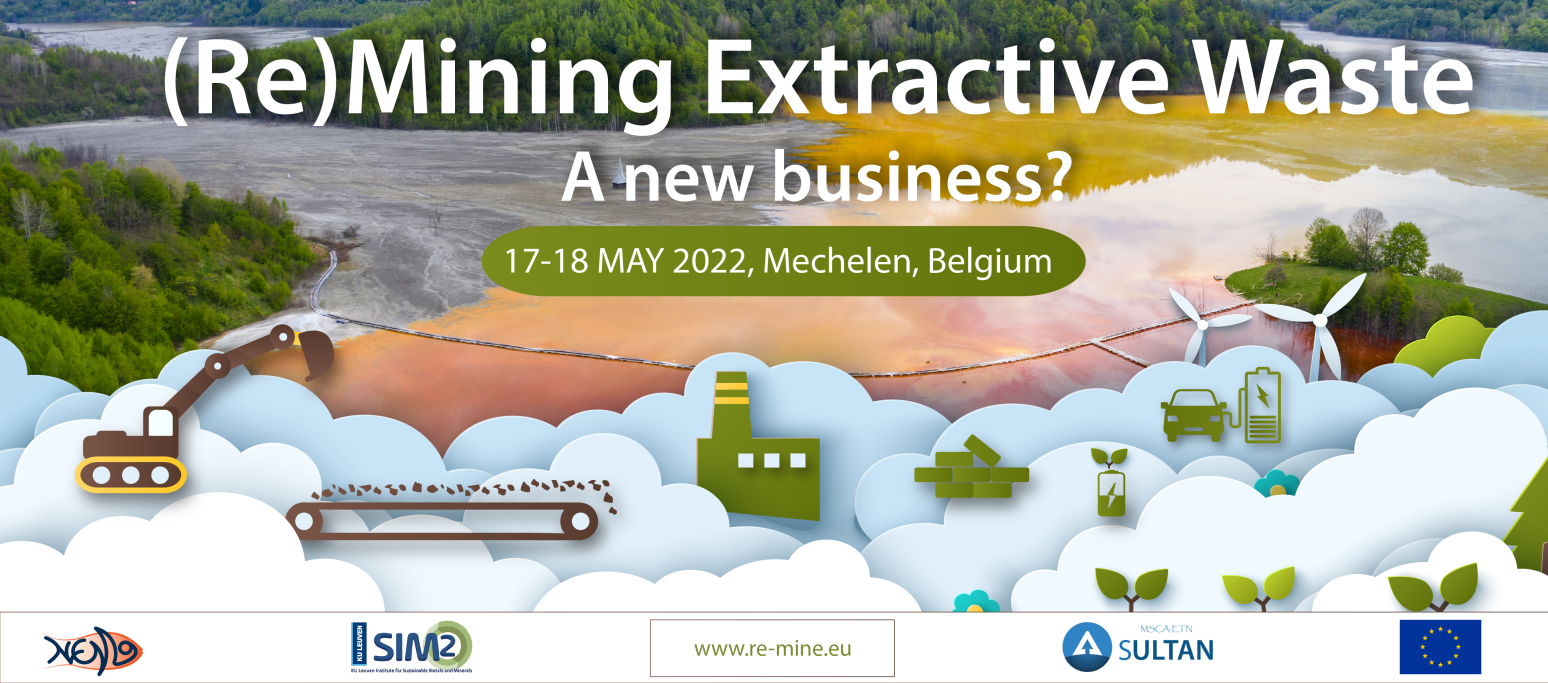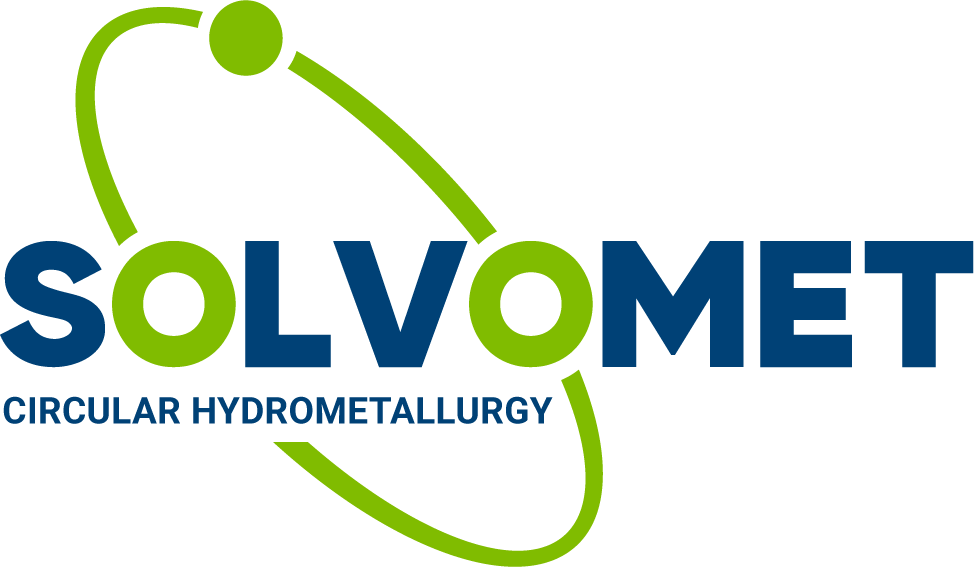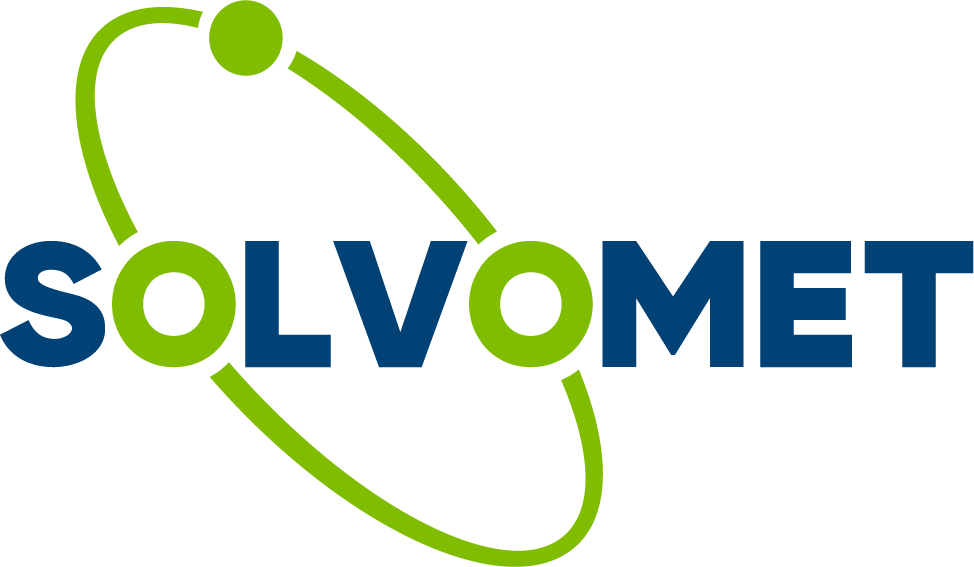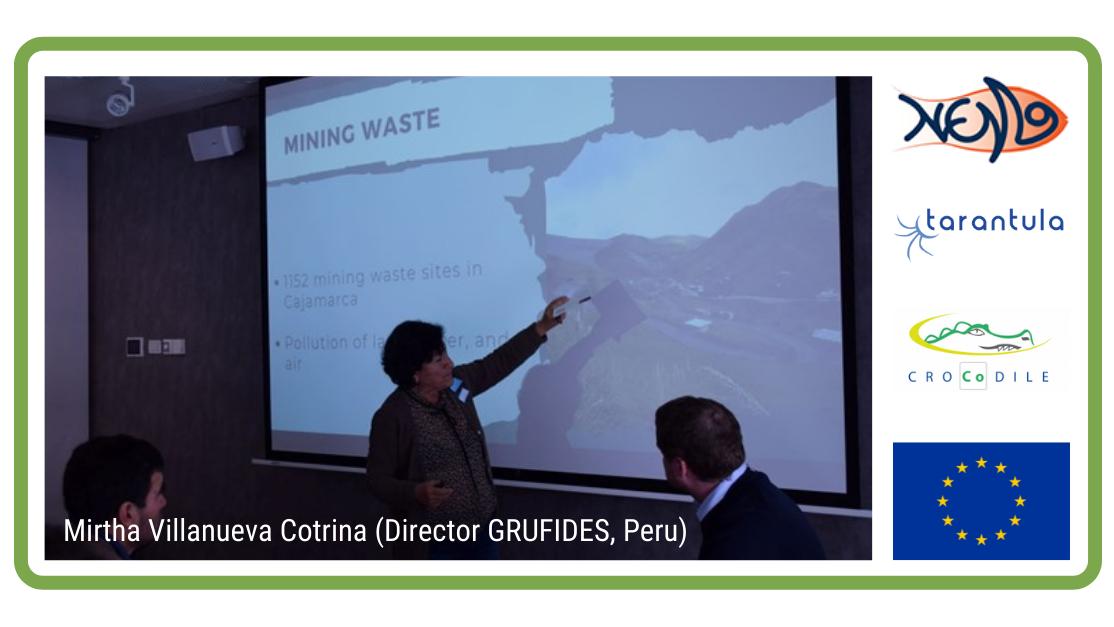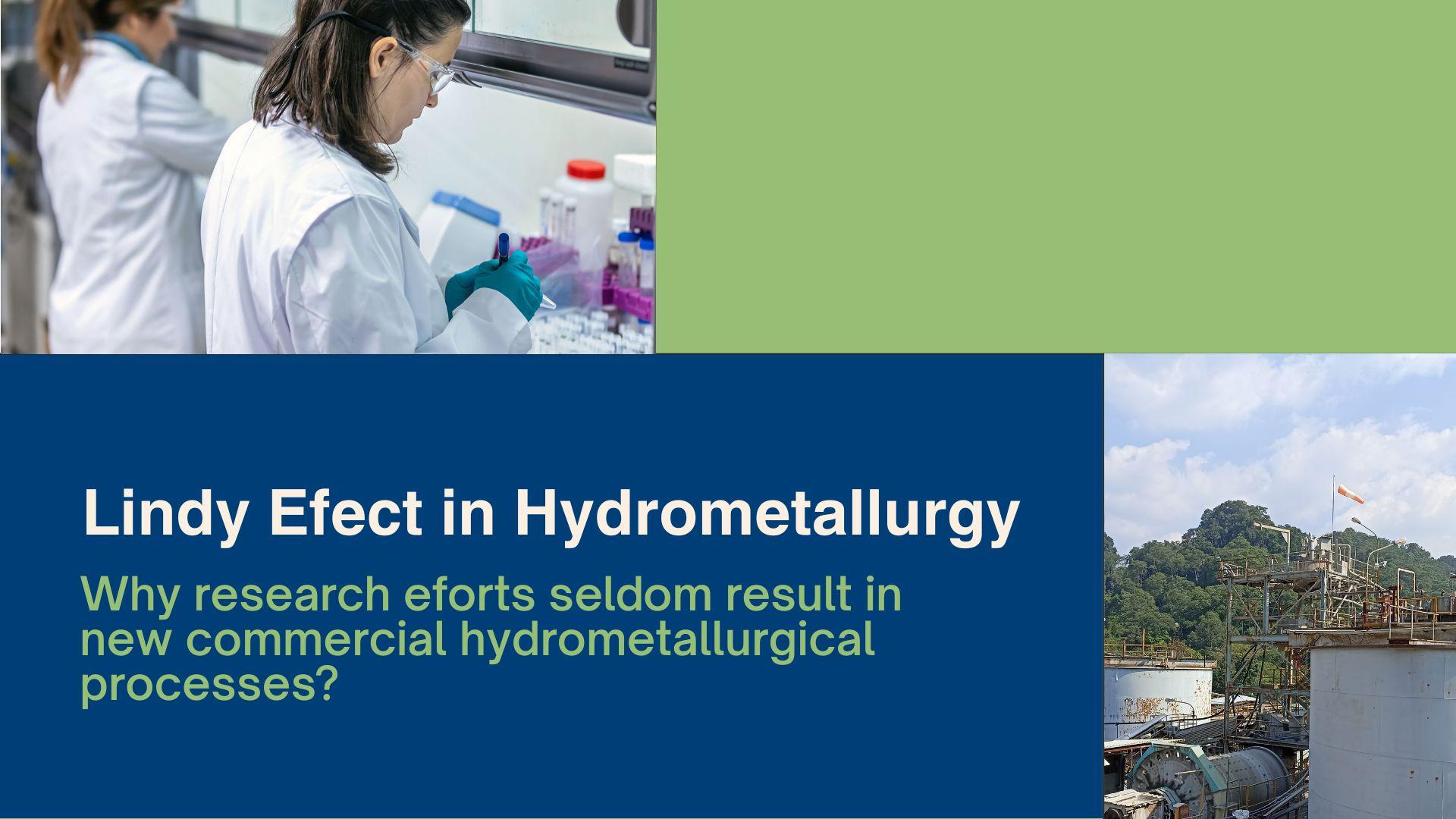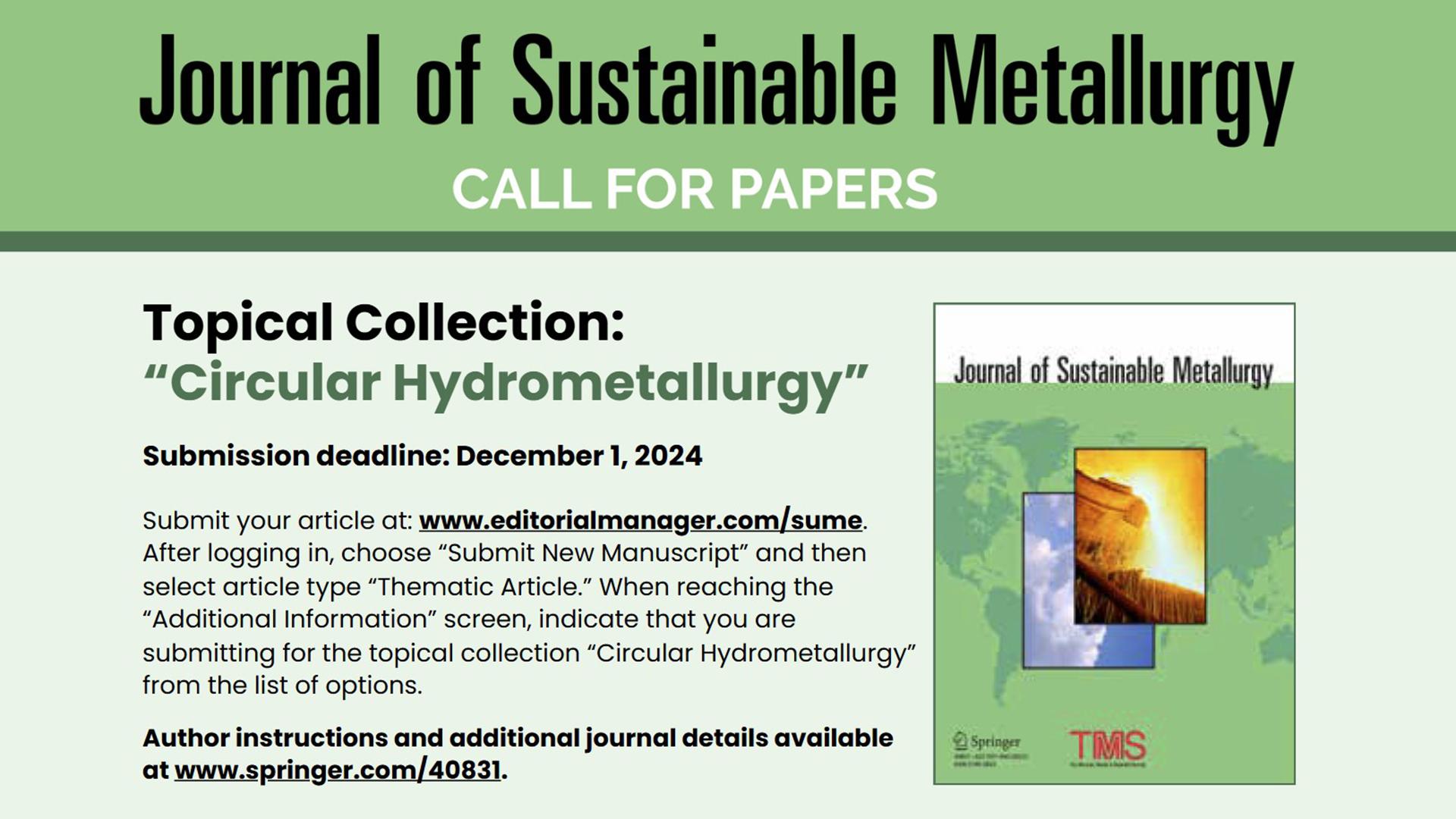After a couple of years of covid-related restrictions, the joint NEMO/CROCODILE/TARANTULA high-level expert panel finally gathered again in person on March 10, 2022. The goal was to discuss global perspectives on reprocessing of mine tailings. An international group of 23 selected experts from 16 different countries shared their personal views, i.e. without officially representing their institution (international organisation, private company, civil society organisation or research centre). The objective was to find common ground and to enable the elaboration of specific policy recommendations that could facilitate the European Commission in devising strategies for the reprocessing of mining waste.
Going beyond a purely European perspective
On April 27, 2021, more than 220 people participated in the on-line event “Can the recycling of mining waste become a new business?”. Covering distinct case-studies, three EU-based experts shared their views on the matter of remining extractive waste and went into debate with the audience (see Report P.T. Jones, "5 lessons learned from NEMO's event on remining extractive waste"). But what if we expand our horizons from a European to a global perspective?
Hence, on March 10, 2022, the joint NEMO/CROCODILE/TARANTULA high-level expert panel gathered again to discuss the global perspectives on reprocessing of mine tailings. An international group of 23 selected experts from 16 different countries (Austria, Belgium, Bolivia, Czechia, Finland, France, Germany, Guatemala, Italy, Peru, Poland, Spain, Sweden, Switzerland, UK and USA) joined in the expert panel discussion. The participants discussed the topic from their individual position, i.e. without officially representing their institution (international organisation, private company, civil society organisation or research centre).
This panel aimed to converge different perspectives on extractive waste revalorisation, enabling to find common ground and allow the elaboration of specific policy recommendations – for the European Commission – that could facilitate the revalorisation of mining waste in Europe.
Setting the scene
Lieven Machiels (Research Manager at SIM² KU Leuven, Belgium) led the event and provided a presentation to introduce the mining waste issue. Key question were: how can mining waste be managed in a different way? What are the critical risks when poorly managed (dam breakage, acid mine drainage, etc.)? Likewise, Machiels covered the historical evolution of mining waste and discussed the current situation and legislation for extractive waste in the EU.
As a partner in the NEMO project, Lieven Machiels explained the revalorisation of mining waste (also known as re-mining or reprocessing of mining waste) and introduced NEMO’s “near-zero waste” approach involving the recovery of metals, sulphuric acid and valuable minerals, and the use of the remaining mineral fraction as secondary construction materials. This last point was perfectly illustrated with the latest video by EU H2020 MSCA-ETN SULTAN, a sister project led by KU Leuven. Machiels concluded his presentation with the different challenges that need to be met in order to implement these technologies.
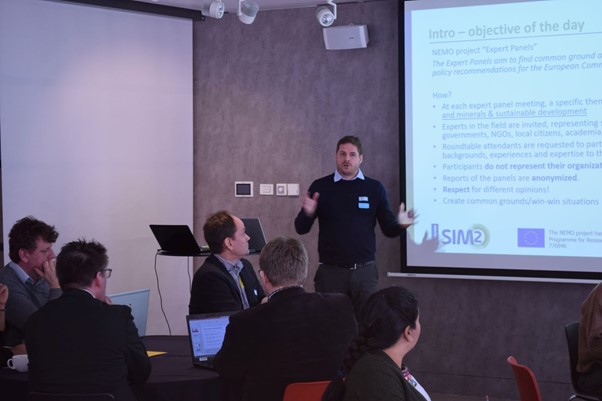
Photo: Lieven Machiels, SIM² KU Leuven (Belgium) & NEMO/SULTAN projects
Mining waste situation in Peru
The first panel speaker was Mirtha Villanueva Cotrina, Director of GRUFIDES (Peru). She has been working for over 20 years with grassroots organisations, focussing mainly on the Cajamarca region, defending human and environmental rights of the local farming communities. She explained the situation that local communities in Peru are facing when it comes to mining waste, tailings disposal and post-closure management.
Mirtha Villanueva Cotrina stressed how delusive the environmental management of the tailings has been, with promised land restoration and reclamation plans that almost never take place, or are performed just to the minimum legal level (e.g. with a very thin layer of soil on top that is washed out after a few heavy rain seasons).
The poor management of mining waste has caused severe negative impacts on the environment and the local inhabitants; some examples include the pollution of groundwater and farming lands, loss of livelihoods and emigration of farming communities to urban areas. These different impacts have led to increasing social unrest and general distrust towards mining authorities and foreign mining companies.
Mirtha Villanueva Cotrina called for making EU companies – that are mining in Peru or import Peruvian raw materials – accountable for using the same regulations and standards as if they were on EU grounds, so that human and environmental rights are also protected for the local communities in Peru.
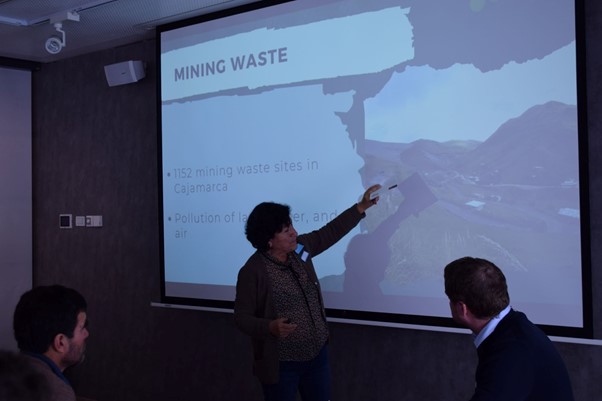
Photo: Mirtha Villanueva Cotrina, Director of GRUFIDES (Peru)
The Boliden perspective
Anders Sand (Boliden, Finland-Sweden), successfully took the challenge of speaking after the passionate presentation by the Peruvian speaker. His presentation disclosed the point of view of a mining and metallurgical company, researching the feasibility of revalorising different historical mining waste deposits. Anders Sand highlighted various cases where Boliden was successful in reprocessing the mining waste and recovering valuable metals, while reclaiming the land previously used for mining waste disposal.
Anders Sand stated that Boliden could meet 17% of EU’s demand for cobalt and 8% for nickel, based on a 10-year reprocessing plan with the revalorisation of only three mining tailings sites. Clearly, this shows the tremendous potential in the context of increasing demand for metals. However, to make these cases come to fruition, there are several permitting, technical and economic challenges that need to be overcome. Furthermore, Anders Sand stressed that there is no legal framework yet that could facilitate this kind of Circular Economy activities inside or outside the EU.
According to Anders Sand, there is an urgent need to harmonise the different EU Directives that interact with mining waste and that are currently pursuing conflictive goals, thereby inhibiting the potential reprocessing of extractive waste. Concurrently, there should be a revision of how these Directives are being implemented in the Member States to avoid obstructive interpretations.
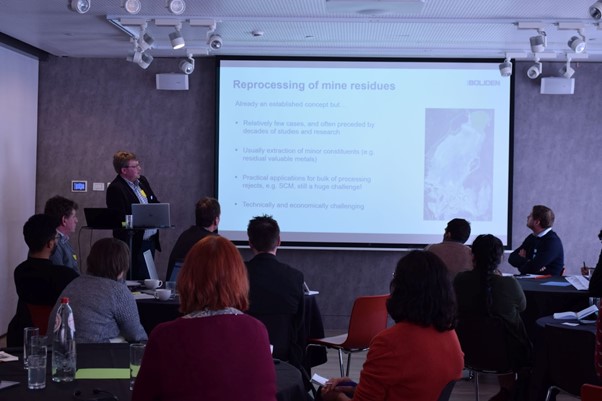
Photo: Anders Sand (Boliden) & NEMO project
A Life-Cycle Assessment approach
The Italian researcher Andrea Di Maria (KU Leuven, Belgium) has several years of experience in researching the best practices to assess the sustainability of novel technologies. In his presentation, he focussed on the environmental performance of strategies targeting the reprocessing of mining waste. He elaborated on the methodological framework of Life-Cycle Assessment (LCA) that NEMO has been using to assess the environmental, economic and social performance of reprocessing technologies.
The main takeaway from Andrea Di Maria’s presentation is that it is impossible to devise a one-size-fits-all, general conclusion whether reprocessing mining waste is either more or less sustainable than maintaining the status quo. The possible effects of reprocessing mining waste deposits are directly linked to the specifics of each site and the concrete raw material processes that would be adopted in those specific cases.
Therefore, it is necessary to assess the performance of each mining waste deposit on an individual basis; it is impossible to determine whether a case is entirely “good” or “bad” (economically, socially or environmentally). There are always positive and negative impacts and it is the role of the decision-makers to determine what needs to be prioritised.
In the case of assessing the NEMO technologies For Boliden’s Finnish and Swedish cobalt-bearing extractive waste sites, the environmental benefits of reprocessing the tailings would, in fact, outweigh the environmental burdens. Still, from an economic point of view, the profitability of the project is critically dependent on the (fluctuating) market price of cobalt. At current prices, reprocessing of these sites is quite challenging.
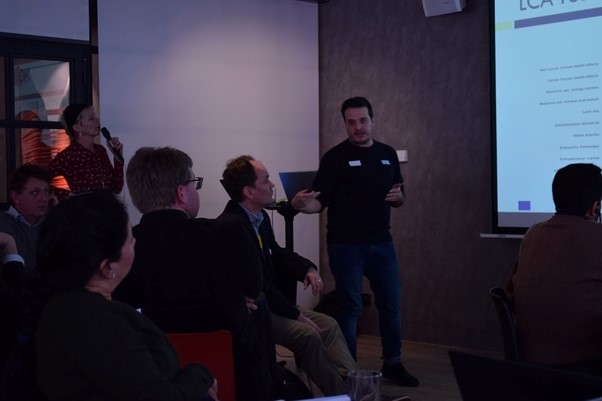
Photo: Andrea Di Maria (SIM² KU Leuven, Belgium) & NEMO project
CATAPA’s perspective
The final panellist was Yblin Román Escobar (CATAPA, Bolivia-Belgium), who presented an interesting case-study for the reprocessing of the mining waste of the Uru Uru-Poopó Lakes Basin (Oruro, Bolivia), an area which was in 2015 declared as suffering from an ecological catastrophe. Yblin collaborated with professor Gerardo Zamora (UTO, Bolivia) and researcher Jorge Campanini (CEDIB, Bolivia). Prof. Zamora is the author of the study “Winning by remediation”, which proposes the reprocessing of the huge amount of sulfidic mining waste in the Huanuni river basin by recovering metals (especially tin) and remediating the lands that are today severely polluted.
This metallurgical case-study illustrates the responsibility that Europe still has with respect to the countries from which, historically, raw materials were cheaply imported. These imports have contributed to the EU's development. On the flip side, untreated mining waste has been left abandoned on the land in Bolivia. In this context, the reprocessing of mining waste is not only a matter of environmental and economic performance, but has become a key social and political issue that calls for international justice to so-called “sacrifice zones”.
Yblin Román Escobar called for a legislative framework that (1) promotes the technological implementation of reprocessing technologies in historically-polluted mining areas; (2) incorporates the revalorisation of mining waste in any business model of a current/future mining operation; and (3) prioritises the circular economy in the metal and mineral value chain inside and outside the EU, making reprocessing technologies more attractive than fresh, primary extraction.
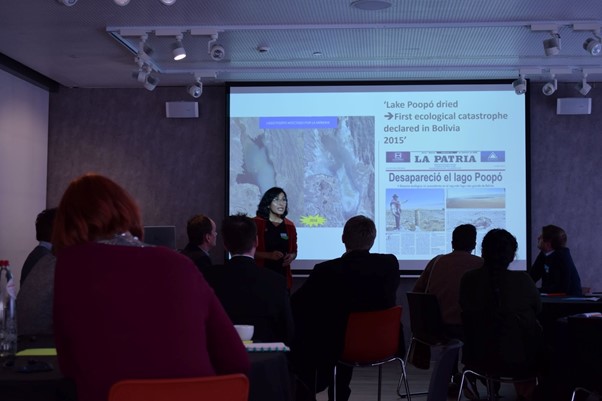
Photo: Yblin Román Escobar (CATAPA, Bolivia-Belgium)
Round table discussion and next steps
After the expert panel presentations, there was a round table discussion. Participants from different backgrounds and disciplines talked about the cases that were presented, looking beyond Europe’s borders and bringing global insights on mining waste. The discussions aimed to envision Europeans’ role in transforming the challenges posed by extractive waste worldwide into a resource-recovery opportunity.
The obtained conclusions will now be merged into the report of the joint NEMO/CROCODILE/TARANTULA high-level expert panel that will be presented for feedback and discussion during the “(Re)Mining Symposium” (May 17-18 in Mechelen, Belgium). If you are interested in knowing more about the conclusions of this event and about past expert panels, we strongly invite you to register for this in-person expert panel discussion (May 17, pm).
Likewise, the panel conclusions will also serve as input for the concluding Symposium debate "(Re)mining extractive waste, where should we go?" (Moderator: Peter Tom Jones, KU Leuven, Panelists: Anders Sand (Boliden), Daniel Goldmann (TU Clausthal), Alberto Vázquez Ruiz (Catapa) and Arnaud Vander Velpen (UNEP/Grid-Geneva)), which will take place on May 18, pm).
Acknowledgements & disclaimer
The high level expert panel is a joint initiative of the H2020 NEMO, CROCODILE and TARANTULA projects. The NEMO, CROCODILE and TARANTULA projects have received funding from the European Union’s EU Framework Programme for Research and Innovation Horizon 2020 under Grant Agreement No 776846, No 776473 and No 821159. The author acknowledges Peter Tom Jones (SIM²) for the editing and layouting of this article. Disclaimer: the author bears the responsability with respect to the content of this post.
